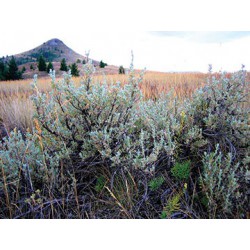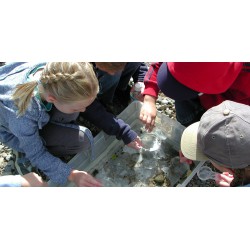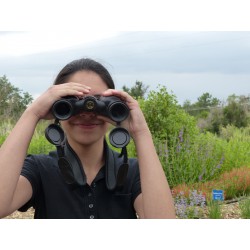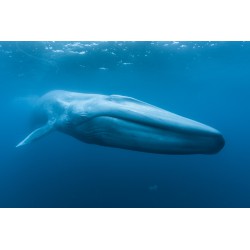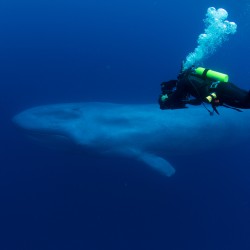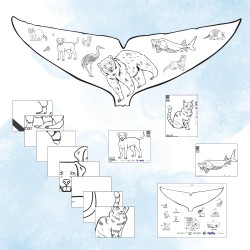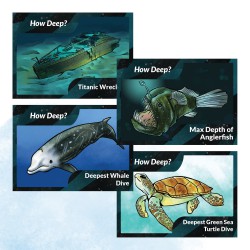Sort
New items
-

Speculative Stories
In this flexible activity patrons imagine future uses of AI tools, and...
-

Ethiquest
In this short activity patrons consider the ethical dilemmas posed by...
-

Data Bites
Patrons create a paper supervised learning machine, and use it to sort...
Biology There are 47 items.
-
Plant Adaptations
Participants explore four stations to compare different plant adaptations in desert and riparian environments, as well as plants and animals adapted to nighttime activities. 0
Check It Out
-
Adaptation: A Way of Life
Participants conduct a series of hands-on experiments and demonstrations to observe adaptations desert plants have that help them conserve water in the arid environment. 0
Check It Out
How-to Video Implementation Guide Provides extensive background information, facilitation outline, materials shopping list, extended supporting media suggestions, correlations to national standards, and more. -
Trees: Recorders of Climate Change
Patrons examine the cross section of a tree, or "tree cookie," and discover how climate conditions of the past can be determined by the thickness of the tree rings. 0
Check It Out
-
Who Lives in the Water
Participants investigate the quality of a stream by identifying insects (macroinvertebrates) with the help of keys and photos. The amount of certain species of macroinvertebrates can help indicate if the stream is healthy or not. 0
Check It Out
How-to Video -
Build-A-Bug
Participants learn about the different adaptations of a macroinvertebrate by dressing up a volunteer or using art to create their own aquatic bug. Make this a "Take & Make" activity by providing a printed copy of pages 3-6 of the guide, craft materials, and an invitation for patrons to "Create their Own Aquatic Bug!" 0
Check It Out
Implementation Guide Provides extensive background information, facilitation outline, materials shopping list, extended supporting media suggestions, correlations to national standards, and more. -
Bird Is the Word
Birds are fascinating animals to watch and it’s easy to learn how to identify them. Casual observers can use the same techniques to identify birds that scientists use. You can help scientists monitor bird populations and look for patterns in bird movement by counting your local birds and submitting the data. 0
Check It Out
-
Can You Hear Me Now?
Did you know sound is something we can see? In this activity, participants will explore how we can "see" sound by using a photophone, a DIY tool that converts sound into visual patterns. Check out our instructions to make one, or read about other ways to visualize sounds. Participants will then listen to whale calls and match what they hear to pictures of... 0
Check It Out
How-to Video -
Feeding Time!
Have you ever wanted to be a blue whale lunging for food? Participants will have their chance in this activity as they explore how food gives blue whales the energy to make migrations that are thousands of miles in length. They will collect "food" and then move their blue whale game piece through its migration path to the Gulf of California on a board game. 0
Check It Out
How-to Video -
Size Up!
How BIG is a blue whale, really? Engage participants to find out! Part 1 of the activity begins with a hands-on exploration in measuring their own bodies and then applying the principles of ratios to figure out a blue whale's length. Part 2 extends the learning to understand how scientists use drones and math to measure something so massive in the ocean. 0
Check It Out
How-to Video -
Fin-tastic Fun! Blue Whale Tail Mural Activity
Blue whales are the largest animals ever that can grow up to 100 feet long and weigh as much as 150 tons! In this activity, participants will be able to experience how big a blue whale’s tail can grow by working together to create a life-sized mural. 0
Check It Out
-
How Deep? Sorting Game Activity
This simple and engaging activity introduces younger patrons to concepts such as distance and depth and allows older patrons to explore these concepts further. This is an excellent engagement activity that will enable learners to explore the extent of the ocean’s depth and the creatures that inhabit it. 0
Check It Out



